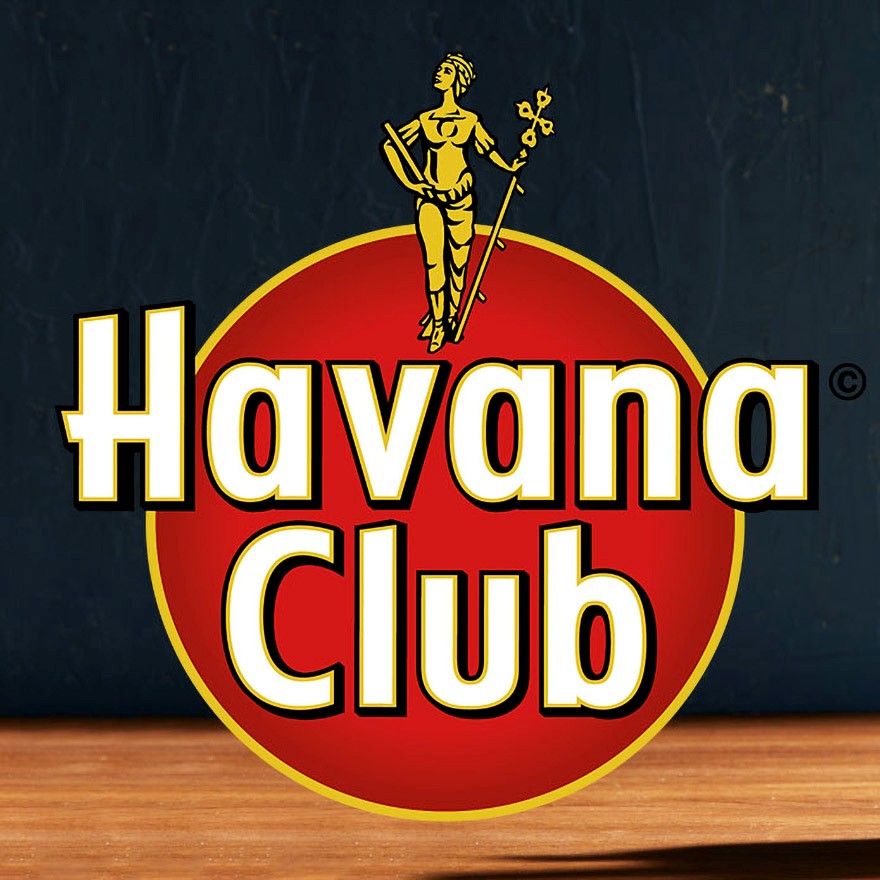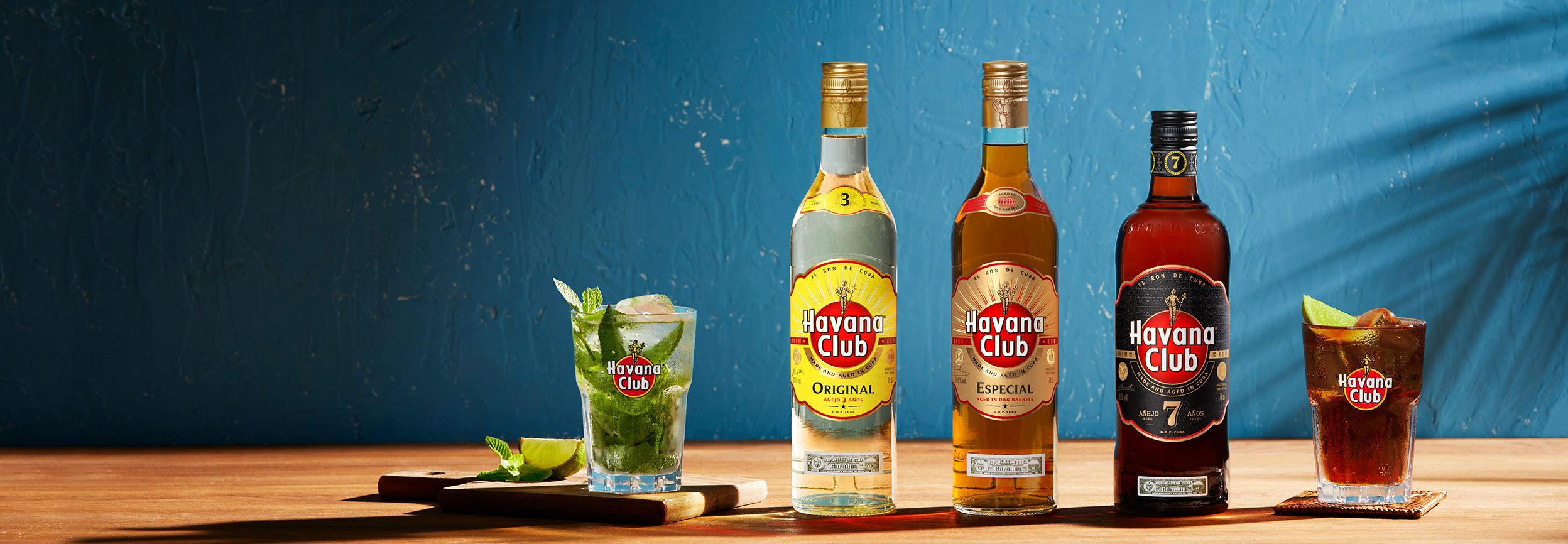
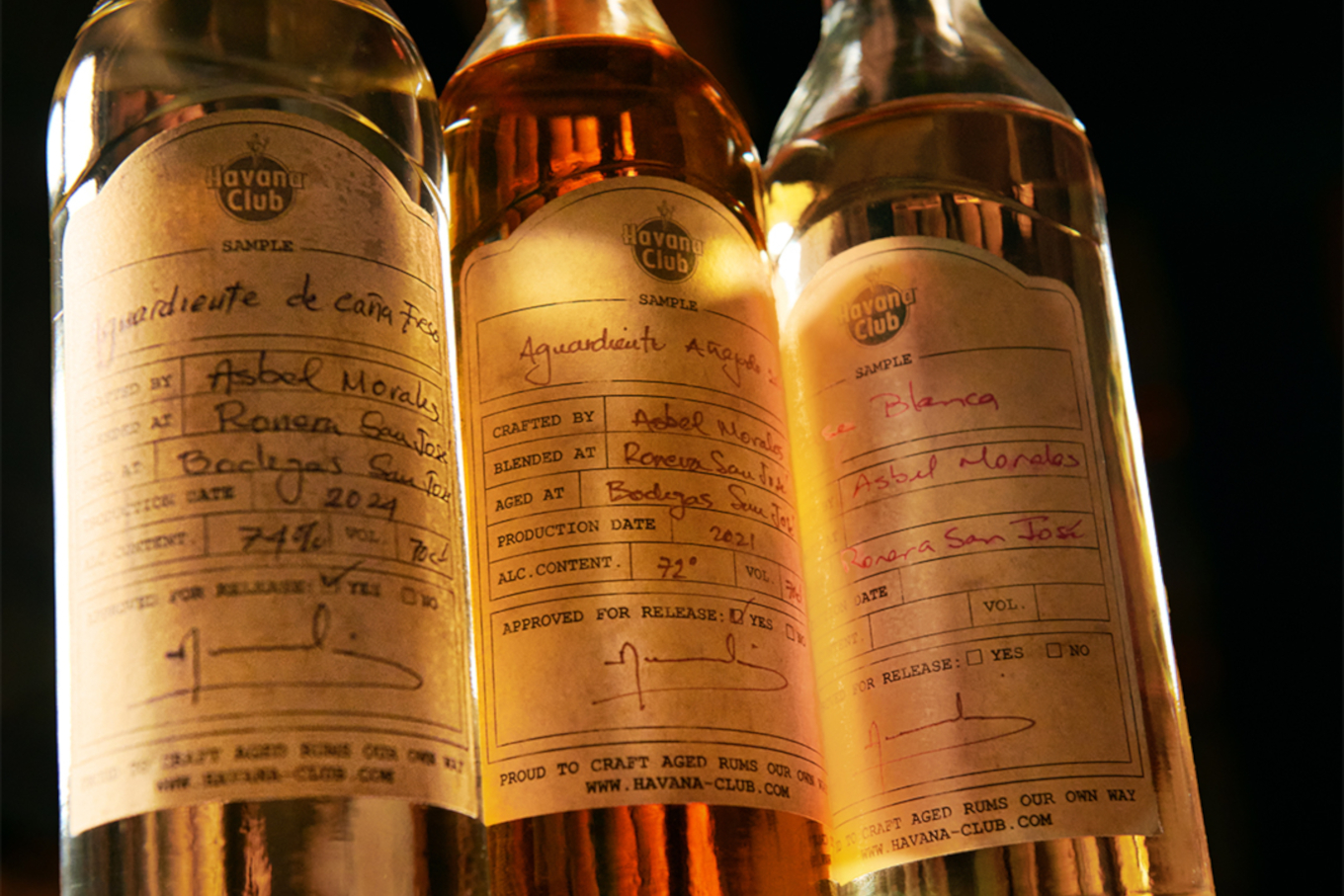
Havana Club's History
Sugar cane, the raw ingredient essential to rum making, was introduced to Cuba by Christopher Columbus during his second voyage in 1943. The island's climate and rich soils proved so perfectly suited to the plant that by 1850, Cuba supplied a third of the world's sugar.
Usually, where there is sugar cane, there's also rum distillation, but Cuba was a Spanish colony, and seeking to protect its domestic distillers from competition, Spain didn't allow its colonies to distil. Hence, it was not until the second half of the 19th century, as Cuba sought its independence, that the country's rum industry was able to develop.
Havana Club rum was established by José Arechabala, who left his native Spain for Cuba in 1862 and bought a small distillery in the city of Cárdenas in 1878. He was able to take advantage of the new column distillation technology and the high-quality sugar cane molasses available to produce a lighter, fresher new style of rum. The easily pronounceable name of his rum and English spelling were designed to appeal to an American audience. After Arrechabala died in 1923, his son took over the ownership of the company, then named José Arrechabala S.A.
Thanks to Prohibition, during the 20s and 30s, many Americans flocked to Cuba to party in Havana, with many of them enjoying Havana Club. This helped establish the international reputation of Cuban bartenders, called Cantineros, who developed their own cocktail style, creating classics such as the Daiquiri, Mojito and Presidente. Such was their professionalism that they developed their own bartenders' association, Club de Cantineros.
The Arechabala family business survived murders, a hurricane and extortion attempts, but in 1960, the Cuban revolution led to Fidel Castro nationalising the distilleries producing Havana Club.
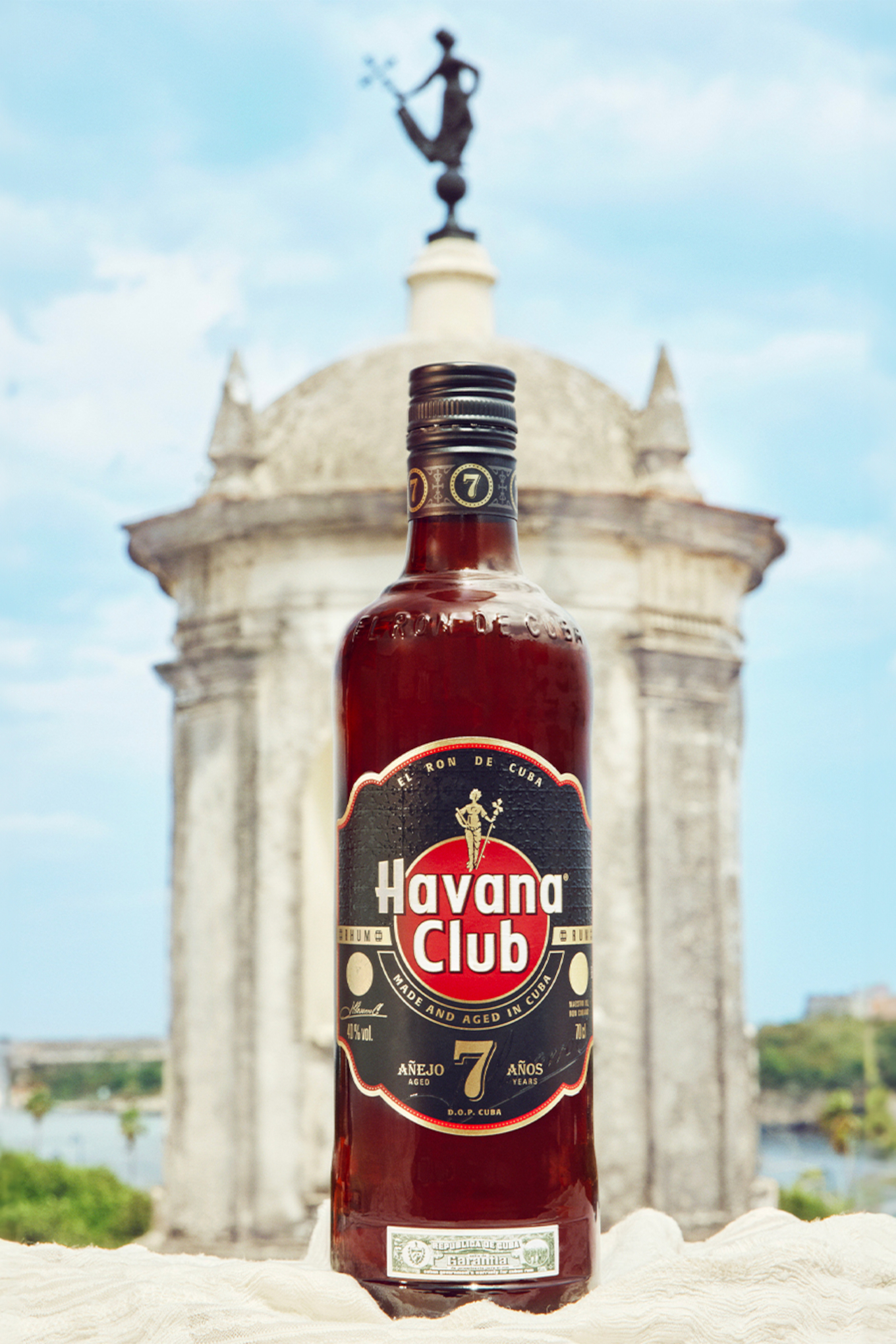 In the early 1970s, a new logo was created for Havana Club featuring the Giraldilla statue from Havana's Castillo Real de la Fuerza, the emblem of Havana and the city's free spirit. This was set against a red circle, symbolising the sun that shines on the island, enabling sugar cane to grow, and the warmth of the Cuban people. This logo still appears on every bottle of Havana Club.
In the early 1970s, a new logo was created for Havana Club featuring the Giraldilla statue from Havana's Castillo Real de la Fuerza, the emblem of Havana and the city's free spirit. This was set against a red circle, symbolising the sun that shines on the island, enabling sugar cane to grow, and the warmth of the Cuban people. This logo still appears on every bottle of Havana Club.
Early in the 1990s, the Cuban economy fell into a poor state due to the collapse of the Soviet Bloc, upon which Cuba had depended for foreign trade, leaving Havana Club in need of investment and a new route to market. Happily, the future of the brand was secured in 1993 when Pernod Ricard S.A. and the Cuban state-owned Corporación Cuba Ron S.A. formed a joint venture, Havana Club International, to introduce Havana Club to consumers around the world.
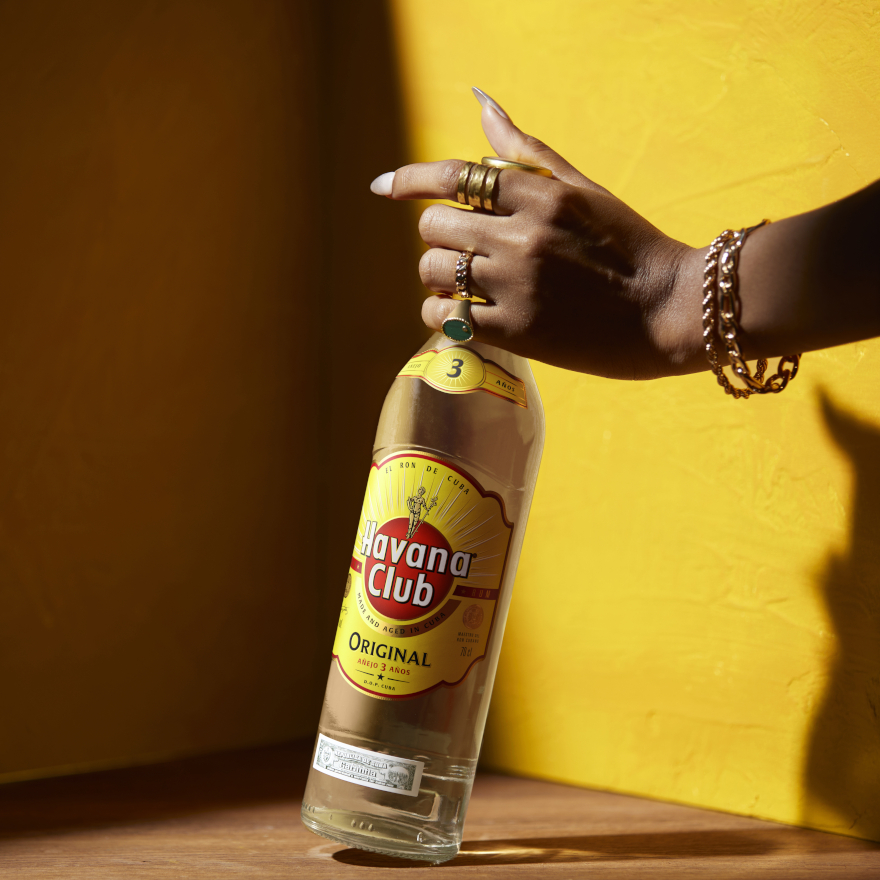
Havana Club Original Añejo 3 Años
The best-known expression of the leading Cuban rum brand, this light rum is blended from base rums aged for a minimum of three years in white oak barrels.
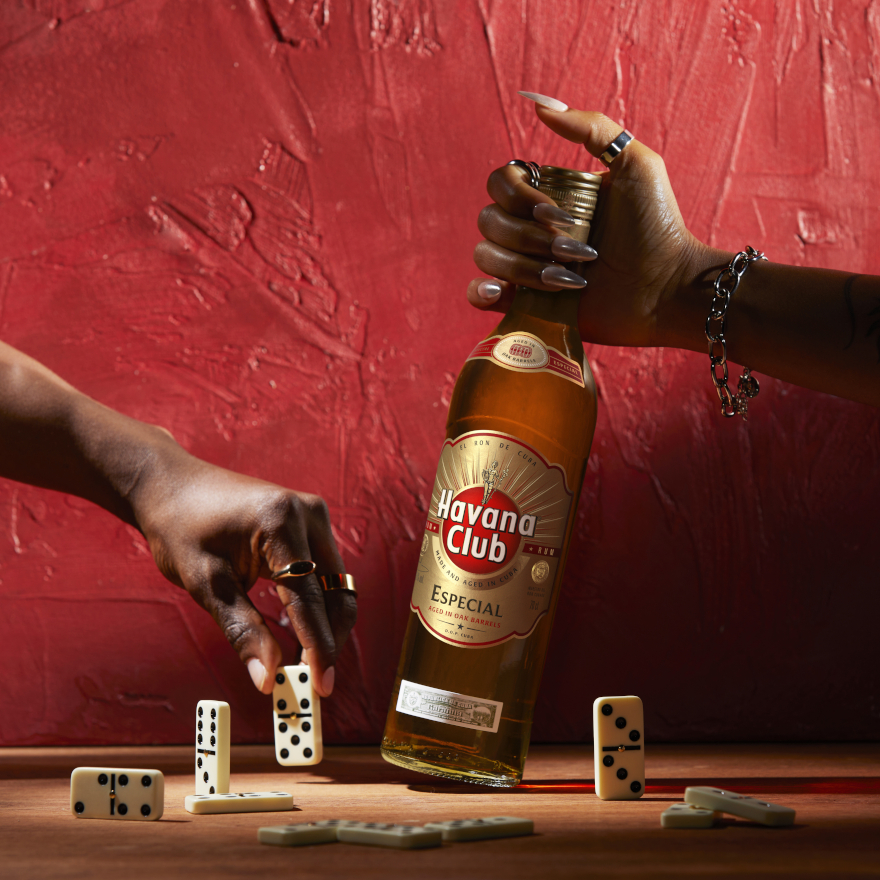
Havana Club Añejo Especial Rum
A blend of rums made from the fermented molasses of sugar cane harvested in Cuba, distilled using column stills and aged for up to five years. The blend
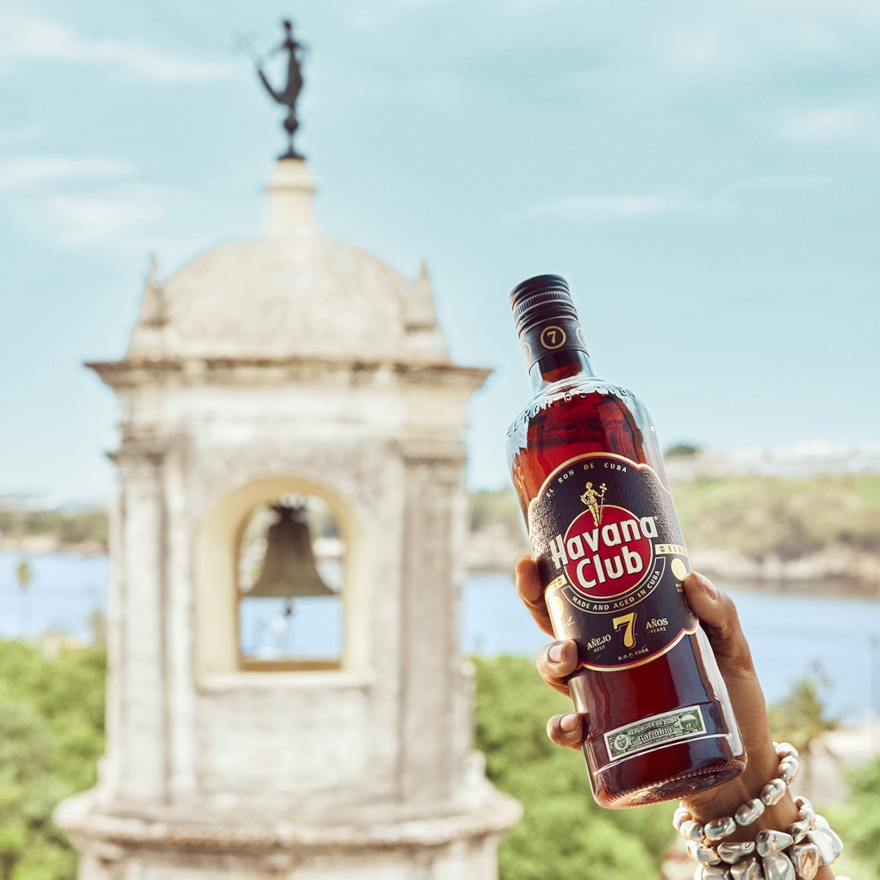
Havana Club Añejo 7 Años
Created by the late Don José Navarro in the 1970s, Havana Club Añejo 7 Años was the first aged Cuban rum introduced to the world as a sipping rum to
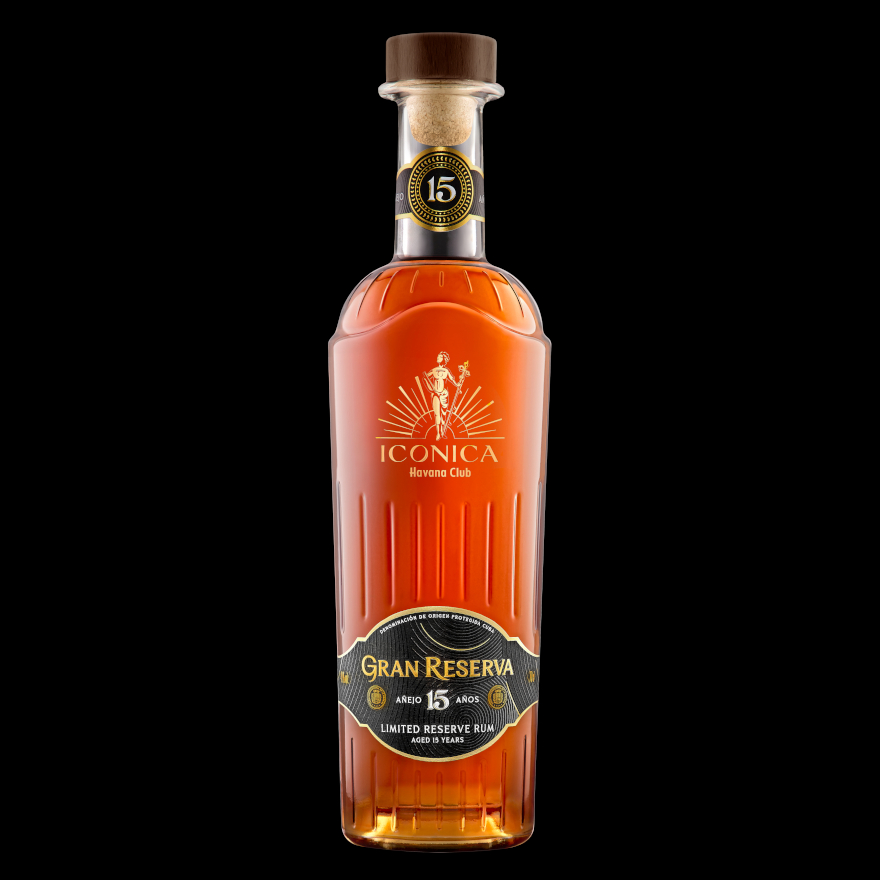
Havana Club Icónica Gran Reserva 15 Anos
Part of Havana Club's Icónica Collection, the youngest rum in this blend of exceptional Cuban rums has been aged in white oak barrels for at least 15
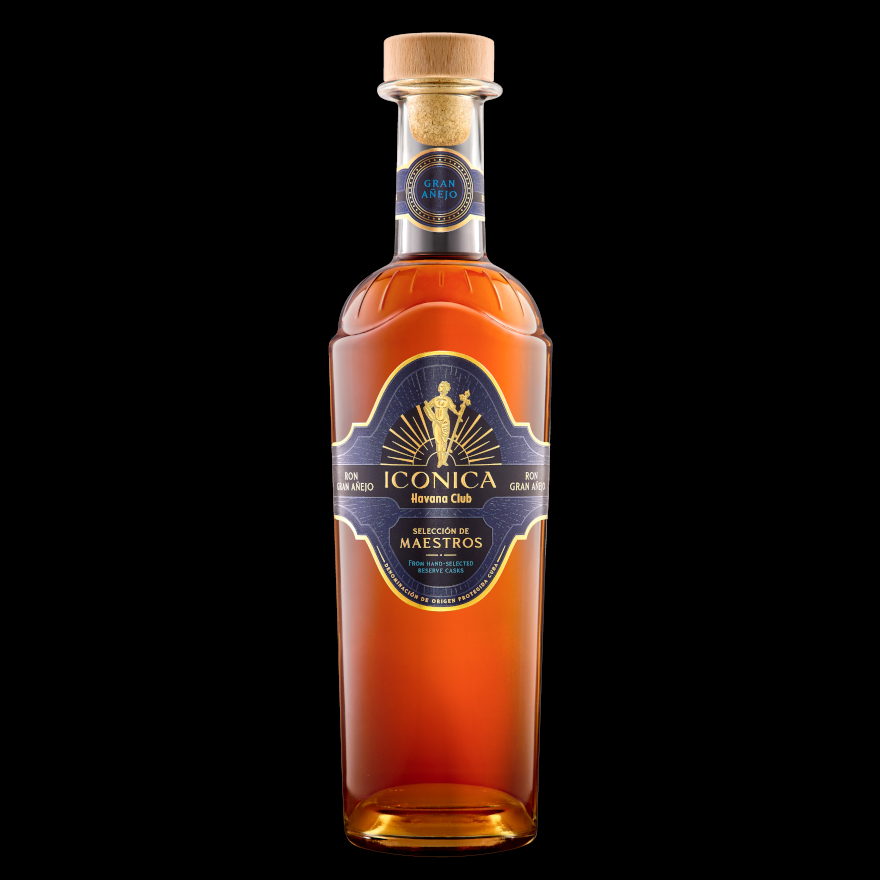
Havana Club Icónica Seleccion de Maestros Rum
Havana Club Selección de Maestros is a blend resulting from the collaboration between the Maestros Del Ron Cubano: the guardians of the historical character
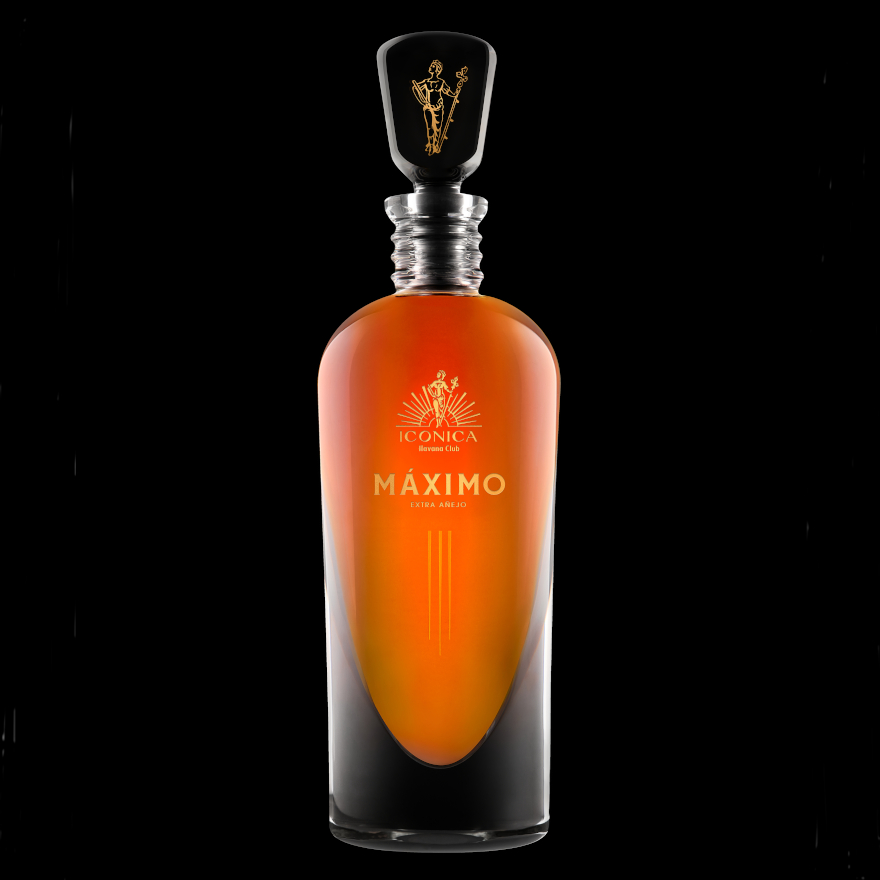
Havana Club Icónica Maximo
The pinnacle of Havana Club's Icónica Collection, Maximo was created in 2002 by the late Don Jose Navarro, Primo Maestro del Ron Cubano.




